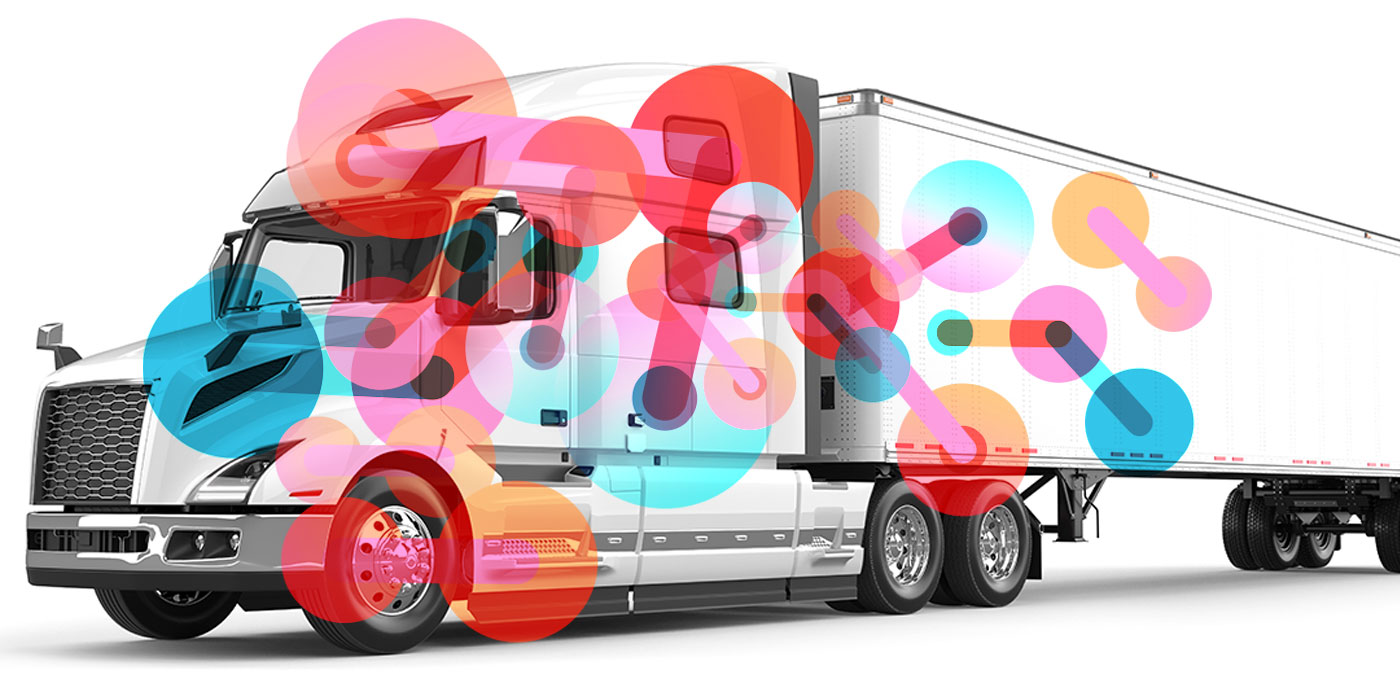A warranty is simply a promise that you can make your equipment problem someone else’s problem, under certain conditions. And it’s that last phrase—“certain circumstances”—that makes what could be a simple promise horribly complicated. Even if your fleet manager is opting for extended warranties, you still have skin in the warranty game as the fleet service manager. You have to make sure the proper maintenance is properly done at the proper time—and you have to document it.
“To support warranty claims and facilitate faster recovery of covered costs, detailed information on the reason for a repair, the cause of the failure, and the labor and parts required or used to make the repair must all be provided,” said Mark Wasilko, vice president of marketing for Decisiv. That might seem like basic heavy-duty service blocking and tackling, but ask yourself:
- Are your technicians capturing enough detail?
- Is that detailed data uniform?
- Are you doing everything you can to support warranty claims?
Chances are, you have a few service data gaps.
“The cause of the failure is probably the most often missing piece of information because that can be the hardest piece of the puzzle to document,” Wasilko said.
“A shop manager should track recovered warranty dollars. If an extended warranty is purchased, the cost should be recovered in reimbursements or the dollars should be held and used to pay for the repairs.”
—Dan Weider, Dossier Systems
So what can you do about it?
“With management technology that uses VMRS codes to their fullest extent,” Wasilko said, “the necessary information can be supplied seamlessly.”
“VMRS data is essential for warranty claims,” agreed Dave McLaughlin, Trimble’s program manager of professional services—VMRS specialist. “Those of us who work in warranty point to ‘The three C’s,’ referring to VMRS Complaint, Cause and Correction Code Keys. These are typically required for OEMs to accept a warranty claim. Complaint is typically collected from the driver write up, technician or system integration; cause and correction are typically identified by the service provider or technician once the repair has been completed.”
“The logic behind the VMRS codes provides the ideal audit trail for instituting and supporting warranty claims,” related Jack Poster, VMRS services manager for TMC, ATA. “Code Keys were developed specifically for warranty transactions, such as Code Key 81—Type of Claim, Code Key 83—Response Reason Code and Code Key 84—Claim Response Status Code.”
McLaughlin added that the Universal Equipment Claim Form (ATA Form RP807) has more than a dozen VMRS standard codes and is widely accepted by manufacturers. This is completed via paper submission or electronic transfer.
“A warranty claim constructed using VMRS coding will contain all of the information needed for the OEM/supplier to evaluate the claim,” added Dan Weider, fleet management consultant for Dossier Systems. “Having claims that include full VMRS coding (system-assembly-component) as well as Cause (the VMRS Fail Code) and Correction (the VMRS Work Accomplished) will greatly enhance the possibility of recovering the cost from the OEM/supplier.”
Beyond VMRS
Regular readers know why they need to be using VMRS. It’s a great foundation, but how do you build on it to support warranty claims with additional data in a form that is clear and easy for technicians to use?
“Solutions like service relationship management (SRM) technology enable shops to capture and consolidate that type of data and then simplify the process of filing warranty claims,” Decisiv’s Wasilko said. “OEM warranty coverage and warranty operations are available in context in the SRM platform with every repair to speed and streamline warranty submission and approval.”
“At Papé Kenworth, the PACCAR Solutions web portal developed in partnership with Decisiv facilitates the exchange of in-context information, including asset service histories and warranty coverage.”
—Mark Wasilko, vice president of marketing for Decisiv
It can also help you stay on top of your shop’s information gathering process by giving you a common platform to manage so that you can catch problems diagnostic data problems before they happen.
“In most cases, customers don’t have a complete maintenance system, which makes it difficult to capture the tech’s notes and steps they performed to correct the issue,” said Renaldo Adler, industry principal for asset maintenance with Trimble. “Junk data can be noise or false/positive data from fault codes or misdiagnosing an issue, which can lead to extra time spent diagnosing and correcting issues. This can then result in complicating the warranty claim process and even delaying the approval process.”
“A lot of times the tech will not go through all of the diagnostic steps and will jump right to what they think the solution is. They’ll possibly repair or replace the wrong part or issue, which will lead to a second failure,” said Jim Frieze, implementation and training consultant for Trimble Transportation Enterprise. “If they would have gone through the proper steps, it would have led them down a different path to the correct repair. Correct tracking of all failures including warranty with the VMRS code and accurately tracking downtime for the failure will aid in getting the overall reliability associated with the unit.”
The right software can help guide and teach your techs without you standing over their shoulders.
“The warranty provider wants to verify that the vehicle is actually having the problem that matches the complaint.
—Dave Covington, Noregon’s chief technology officer
This can go unverified if information is incomplete or inaccurate when uploaded to their database.”
“A common issue with vehicle data being uploaded to warranty systems isn’t necessarily missing data—it’s inaccurate data,” said Dave Covington, Noregon’s chief technology officer. “Browse uploaded warranty data, and you’ll notice inaccurate VINs, incomplete fault data, or other errors that would have been avoided through automatically capturing the data with an advanced tool used for intake or diagnostics and repair work.”
Covington pointed to the ability of Noregon’s JPRO to automatically records vital vehicle data such as VIN and descriptive faults, plus component-level information such as manufacturer, component serial number, software versions and beyond.
“It’s easy to become overwhelmed with the vast amount of information at your disposal today from connected assets and management information systems,” Decisiv’s Wasilko said. “Advanced solutions like SRM ensure the most current and relevant data is channeled into the warranty claims process.”













